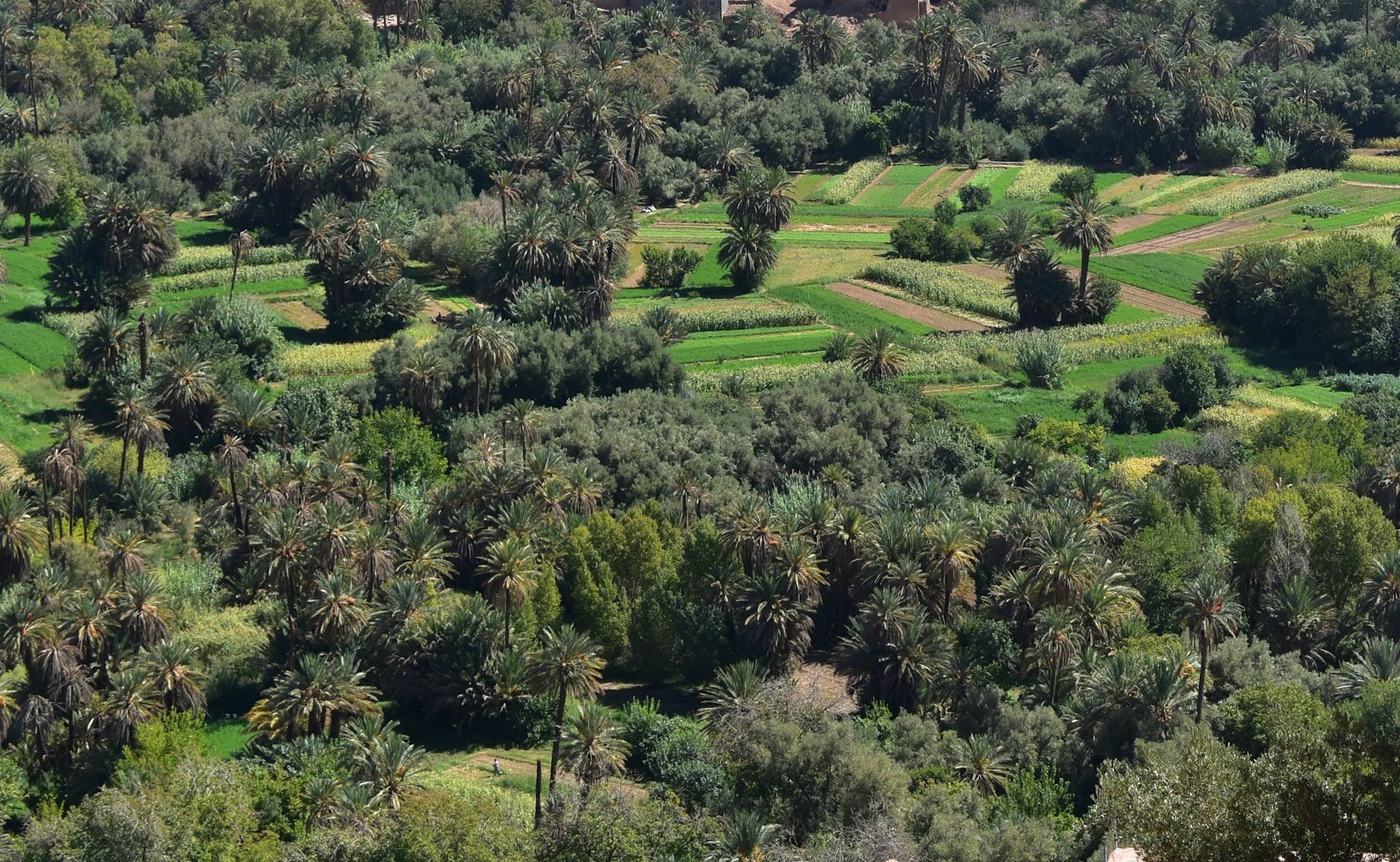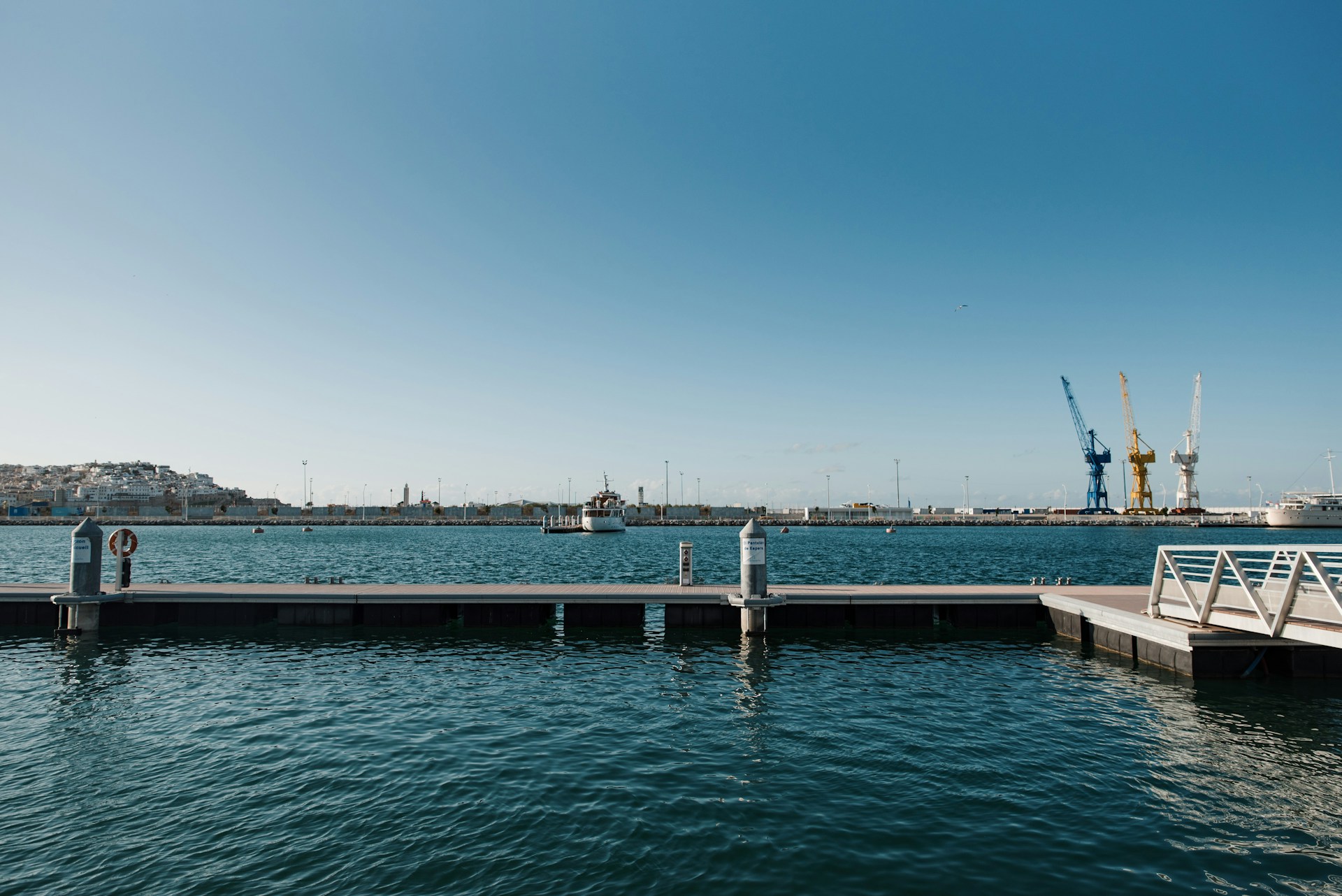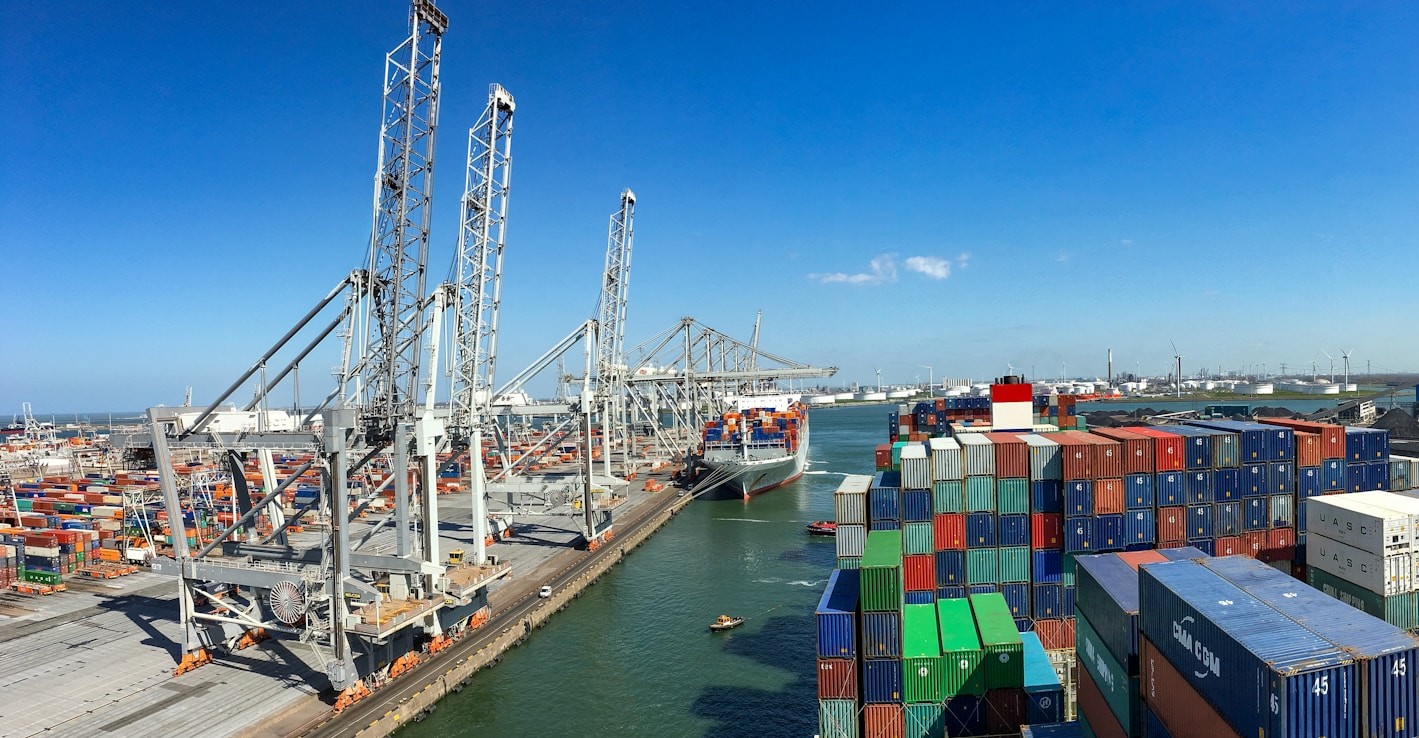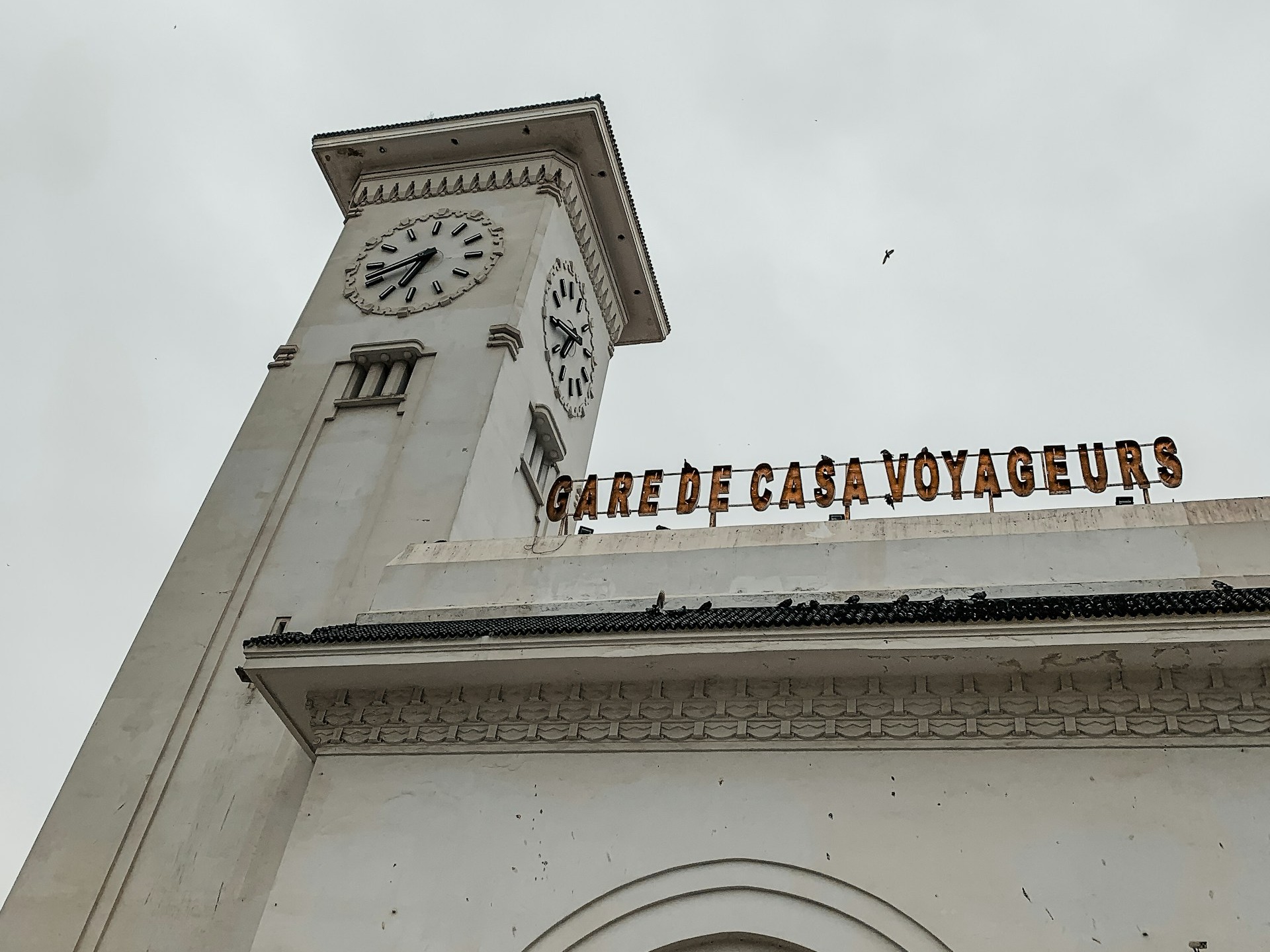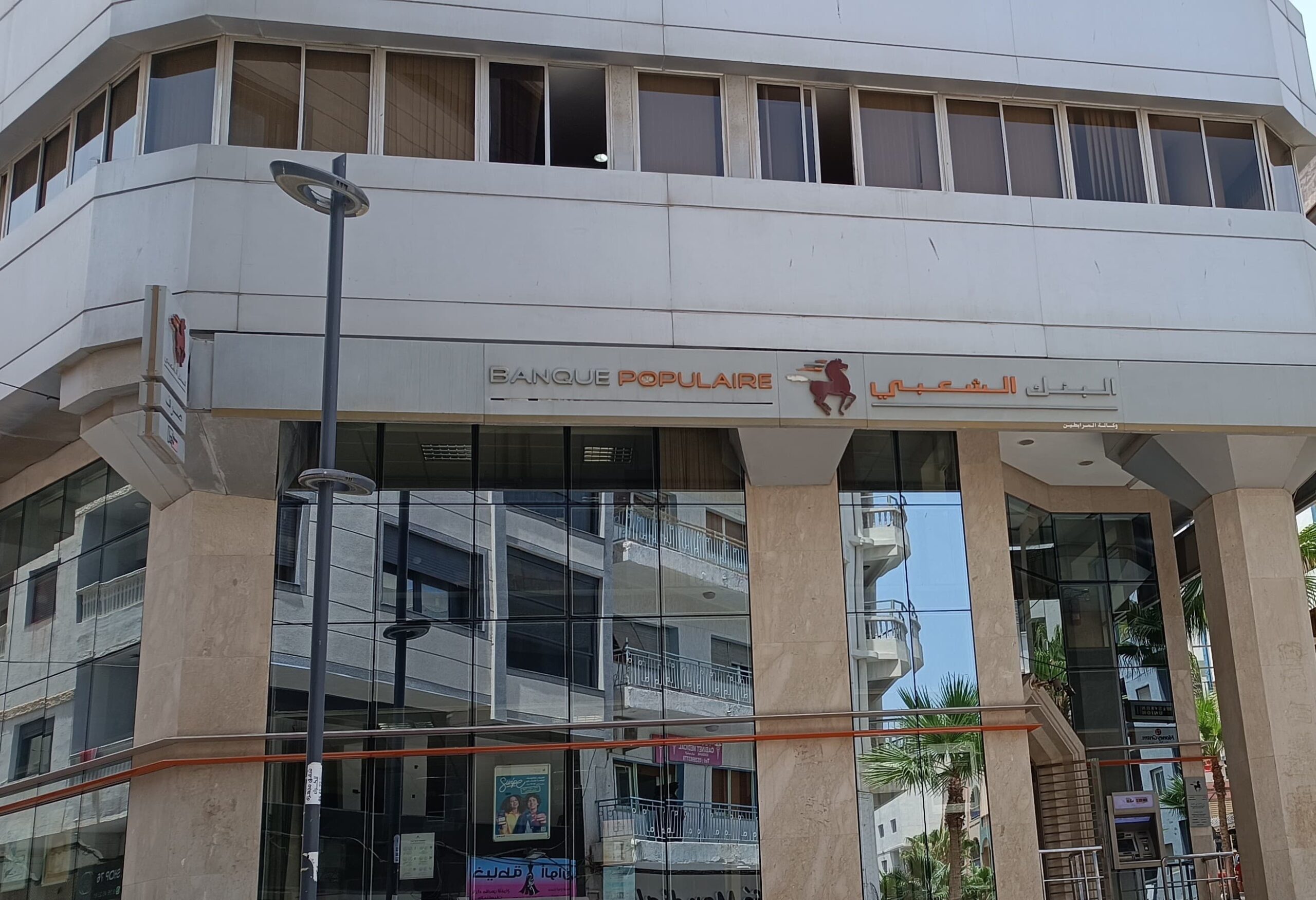Casablanca – Morocco’s Nadorcott mandarin, a late-season premium citrus variety developed through national agronomic research, is consolidating its position as one of the country’s most successful agricultural products. With exports rising sharply in 2024/25, expanding market access in Asia, and continuing growth in Europe and North America, the variety has become a strategic asset for the Moroccan citrus sector and a significant contributor to export revenues.
During the 2024/25 season, Morocco exported 325,000 tons of Nadorcott, marking an impressive 43% increase compared to the previous campaign. The surge follows a combination of favorable weather conditions and a decision to broaden cultivation licenses to more growers, which expanded the planted area across key regions such as Souss-Massa, Marrakech, Berkane, and Gharb. More than 3,000 producers are now cultivating the variety.
Agronomically, the Nadorcott’s appeal lies in its high yield potential, seedless profile, ease of peeling, and balanced sweetness and acidity. These features have helped it secure a dominant presence in demanding markets across Europe, North America, and increasingly, Asia. Its success is further reinforced by strong branding under “Nadorine – Naturally Low Seed,” and an active strategy to protect its intellectual property globally.
A research-based success story with expanding global reach
The Nadorcott variety traces its origins to Morocco’s National Institute of Agronomic Research (INRA), where it was developed in the 1980s from a seed of the Murcott variety. A Moroccan agricultural group later secured patent rights and spearheaded its international commercialization. Today, the mandarin is grown on nearly 40,000 hectares in Morocco and forms a major part of the 597,000 tons of citrus the country expects to export during the ongoing agricultural year.
Its expansion is not limited to Morocco. Since reaching Spain in the late 1990s—particularly in Valencia, Murcia, Tarragona, and Andalusia—the Nadorcott has become one of the most widely planted mandarin varieties on the Iberian Peninsula. Spain alone has over 2 million Nadorcott trees, generating tens of millions of dollars annually in royalty payments to the Moroccan rights holders. For years, Spanish farmers have paid fees ranging from roughly $8 to $52 per tree depending on demand and licensing conditions, reflecting how lucrative the variety is.
Average yields also underscore its competitive advantage. Traditional mandarin trees in Spain produce approximately 26,000 kilograms per hectare, while Nadorcott orchards commonly reach 35,000 to 55,000 kilograms, making it one of the most efficient citrus varieties on the market.
New momentum in southeast Asia
In 2025, Morocco intensified its efforts to diversify export destinations, with a particular focus on Southeast Asia. A commercial mission carried out in Singapore and Malaysia by the FAO, the EBRD, and FoodEx Morocco introduced the Nadorcott to major importers in both countries. Early agreements were signed, and expectations are high in a region where annual mandarin imports could reach 500,000 tons.
Importers in Southeast Asia are especially drawn to the Nadorcott’s late availability, consistent quality, and attractive external appearance, characteristics that help it stand out amid stiff competition from regional and global suppliers.
Strict quality control and intellectual property protection
One of the key elements underpinning the global reputation of Nadorcott is its strict quality management system. The Moroccan Association of Nadorcott Producers (APNM) oversees cultivation practices, orchard isolation to avoid cross-pollination, and global branding. Meanwhile, legal efforts in countries such as Spain, Germany, and Canada have reinforced the protection of the variety against unauthorized use, particularly in disputes involving the Tango variety, an induced mutation often misrepresented under similar names.
These enforcement actions have helped maintain the premium positioning of Nadorcott and secured annual export revenues estimated at $290 million.
Managing market balance and preparing for post-2030 competition
In Europe, especially in Spain, production is tightly controlled to avoid oversupply. The Protected Plant Varieties Club (CVVP), based in Valencia, regulates planting licenses and market volumes, keeping annual output within a stable range of 240,000 to 270,000 tons. This prevents price volatility and helps preserve the variety’s value in wholesale markets.
However, the sector is preparing for a major shift: the expiration of Nadorcott’s intellectual property protection on January 1, 2030. After this date, producers will be free to cultivate the variety without paying royalty fees. Industry observers expect the planted area to expand further once restrictions are lifted, although this could also intensify global competition.
A showpiece of Morocco’s agricultural soft power
Beyond its export earnings, the Nadorcott phenomenon reflects a broader evolution in Morocco’s agricultural strategy. Instead of relying solely on traditional exports such as tomatoes or generic citrus varieties, the country has successfully built a high-value product rooted in local research, protected internationally, and recognized worldwide.
As production expands, new markets open, and innovation continues with late-season varieties such as SweetCott, Morocco is increasingly positioning itself not just as a supplier of agricultural goods, but as a creator of globally competitive proprietary varieties.
